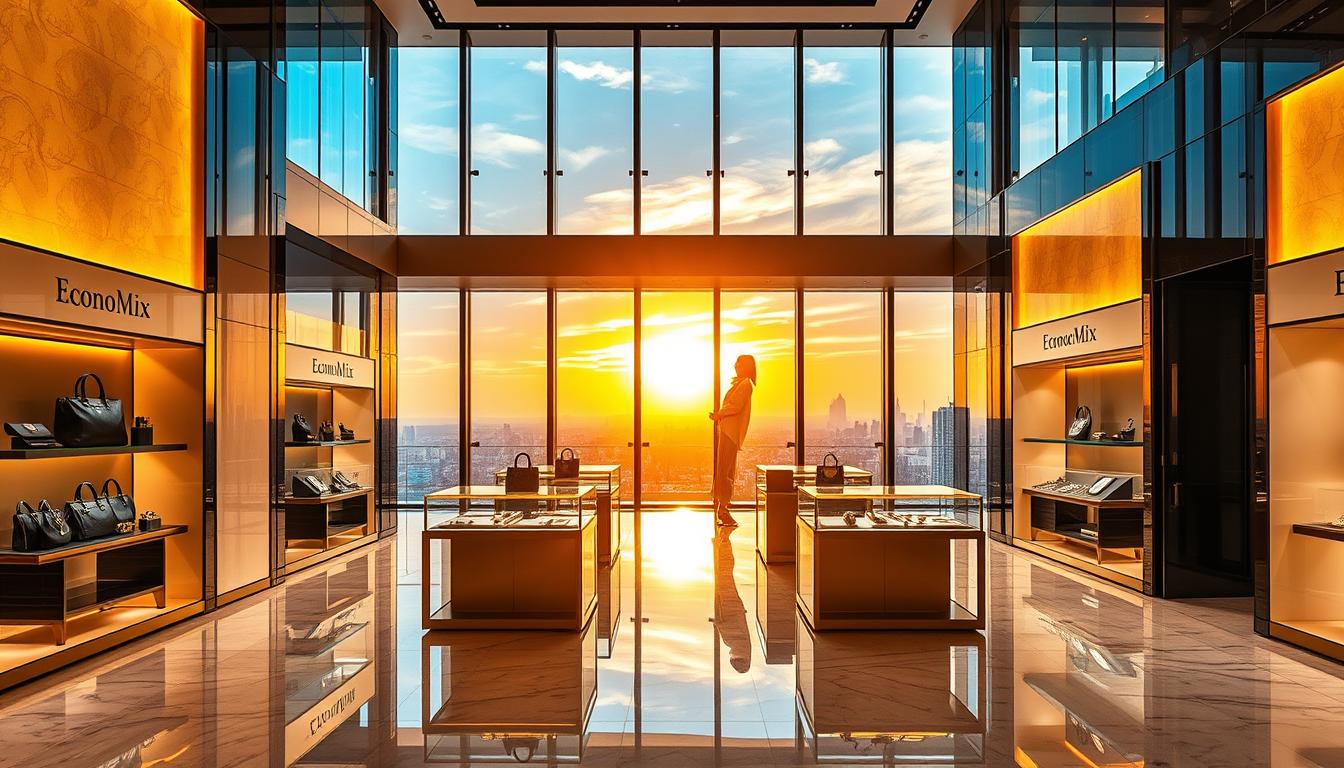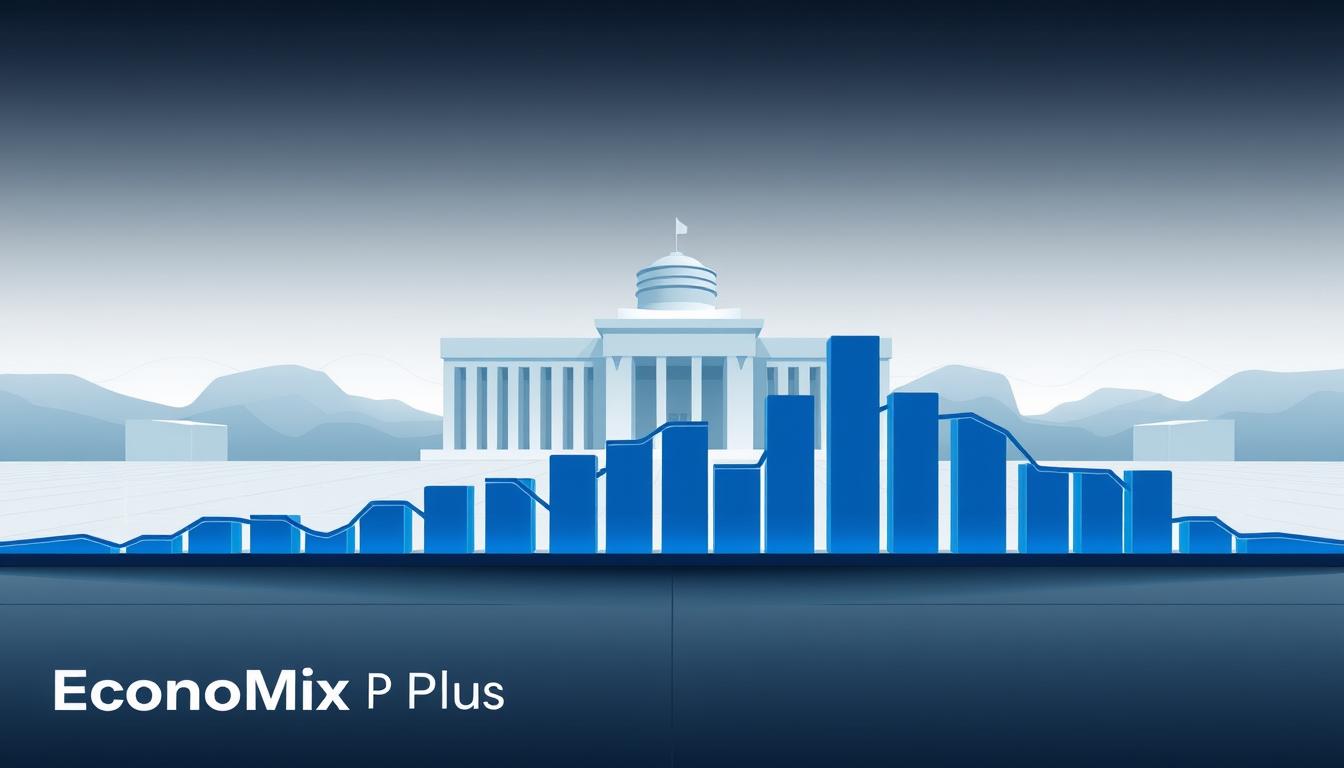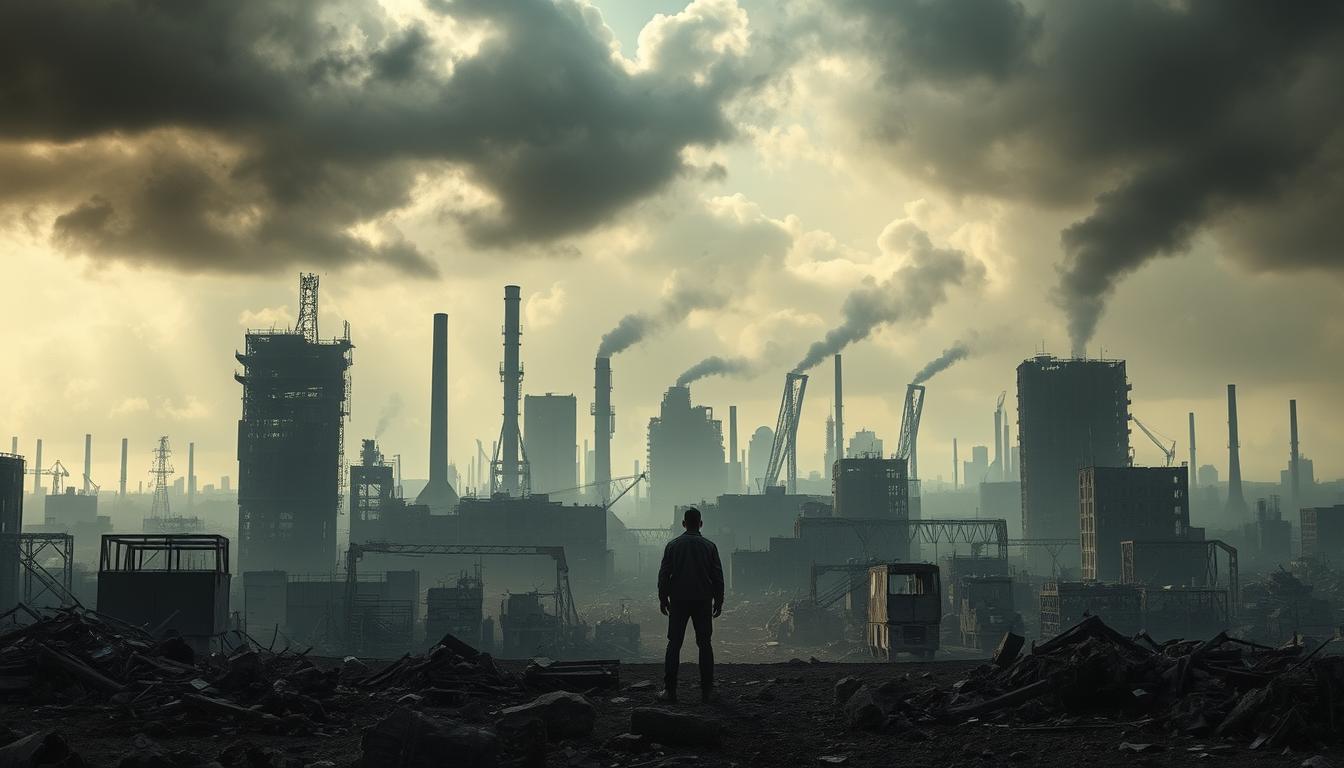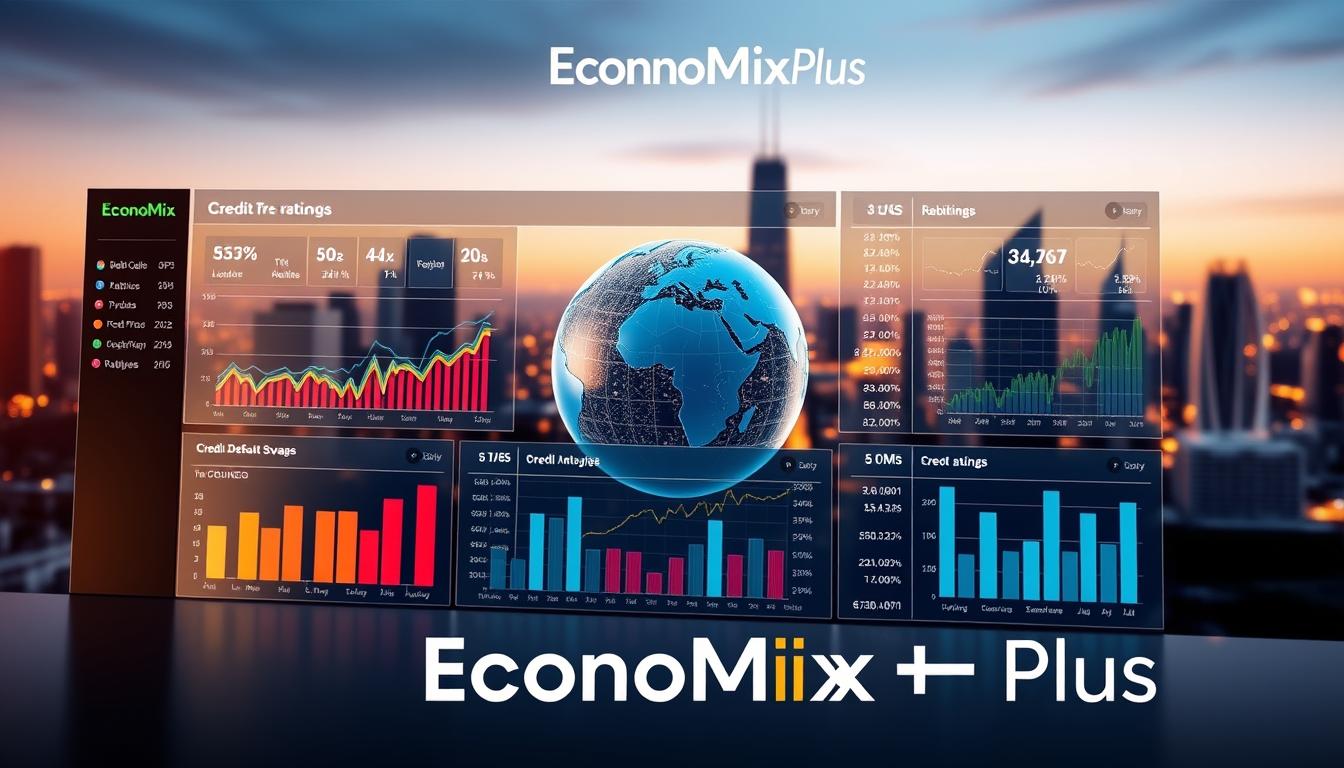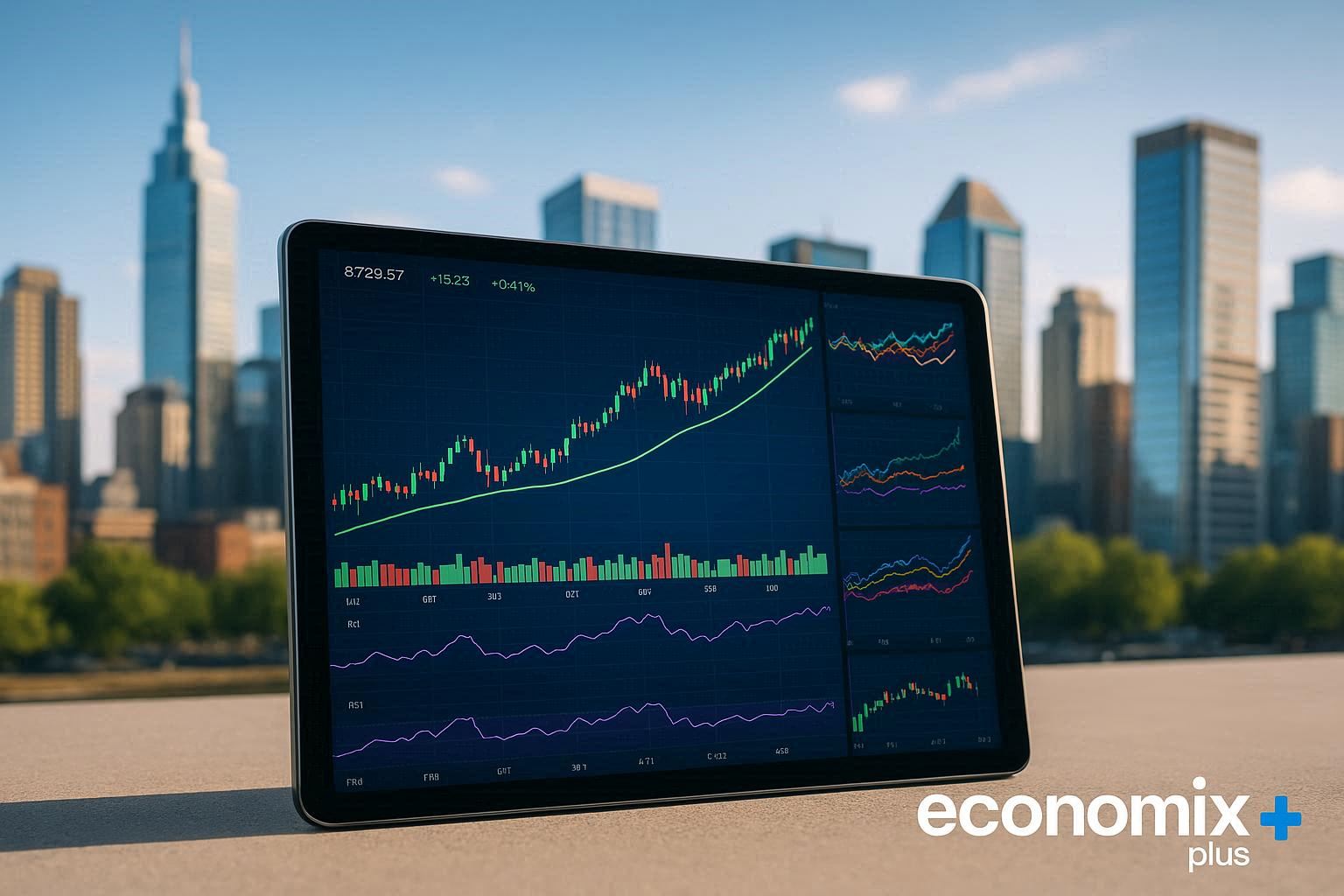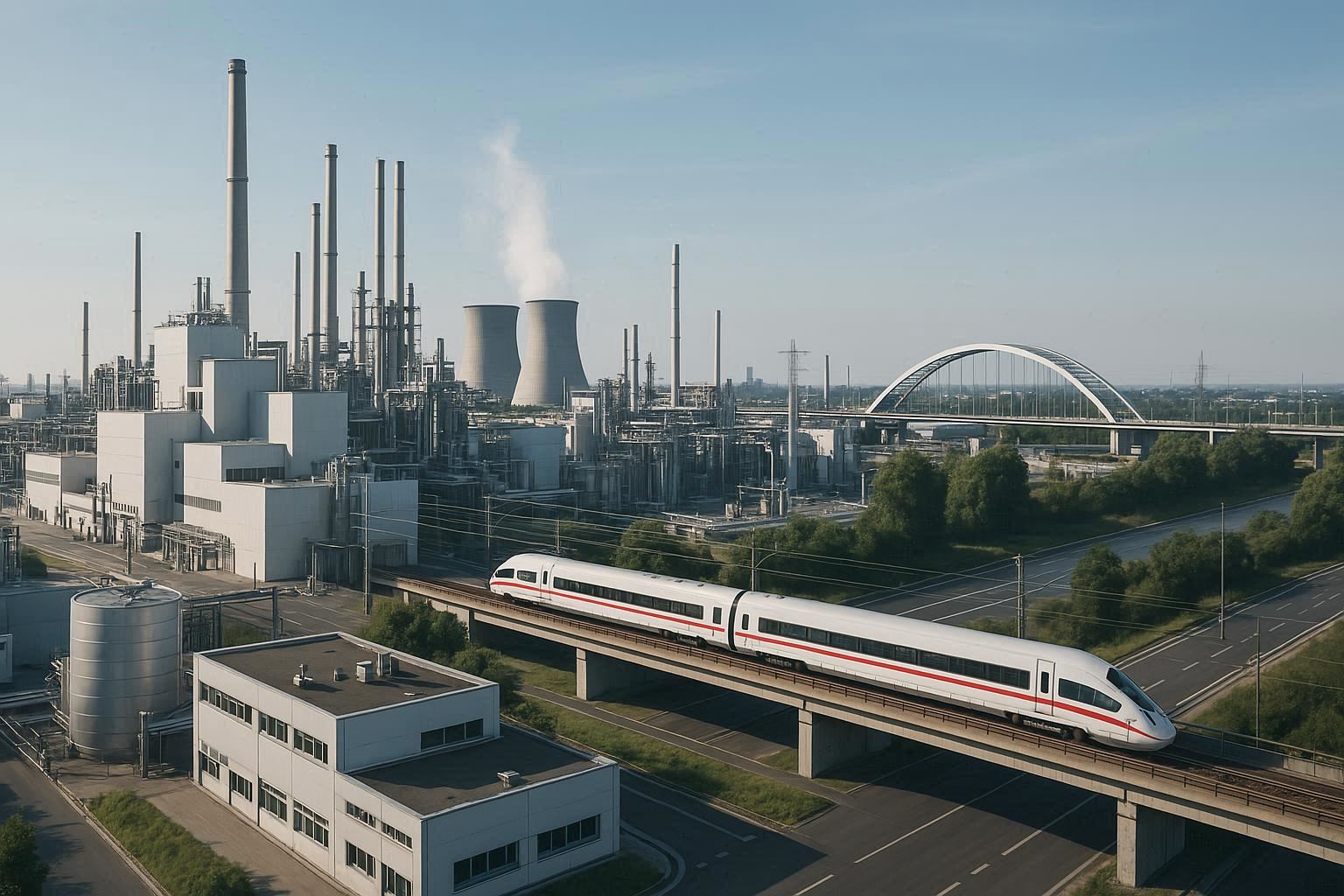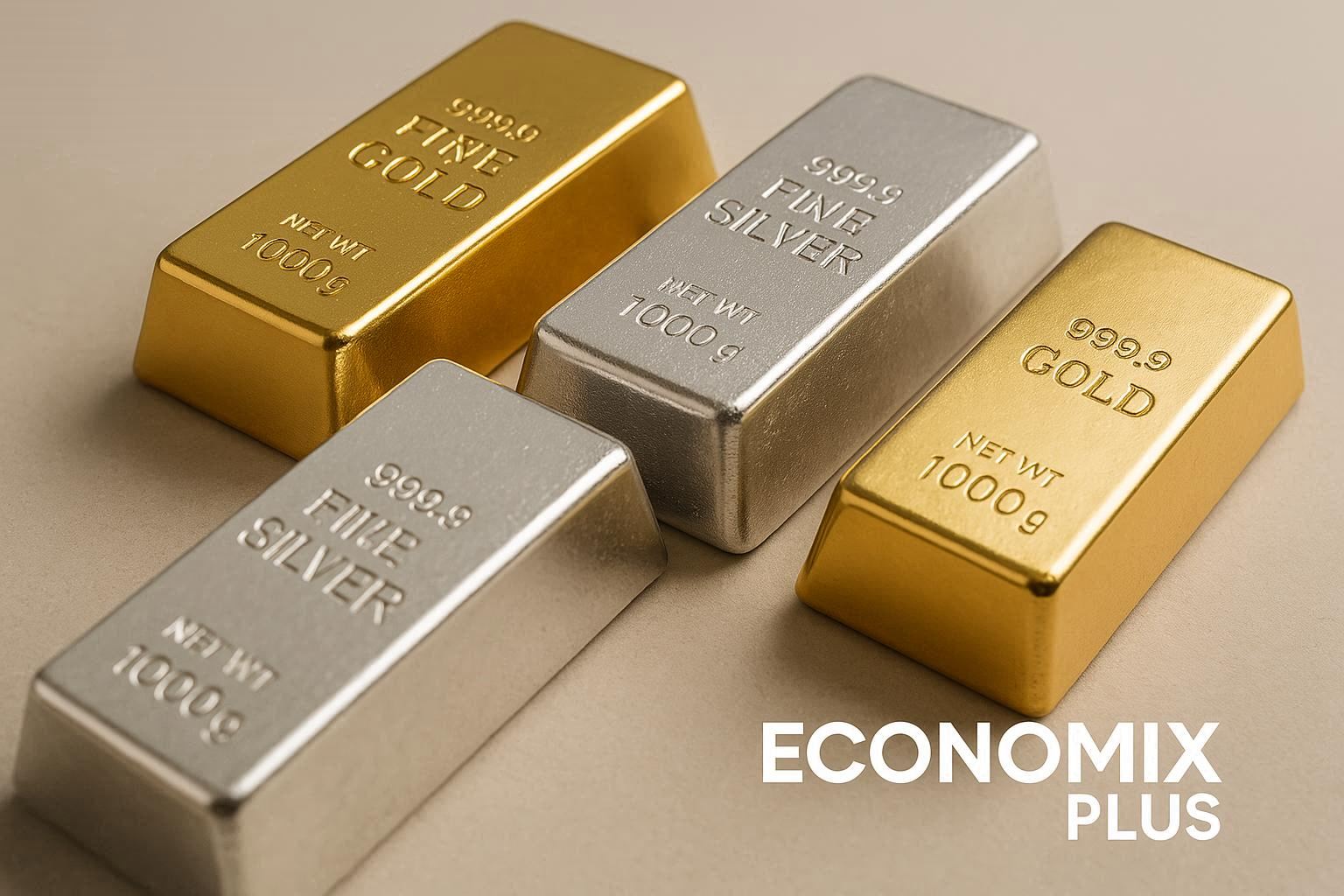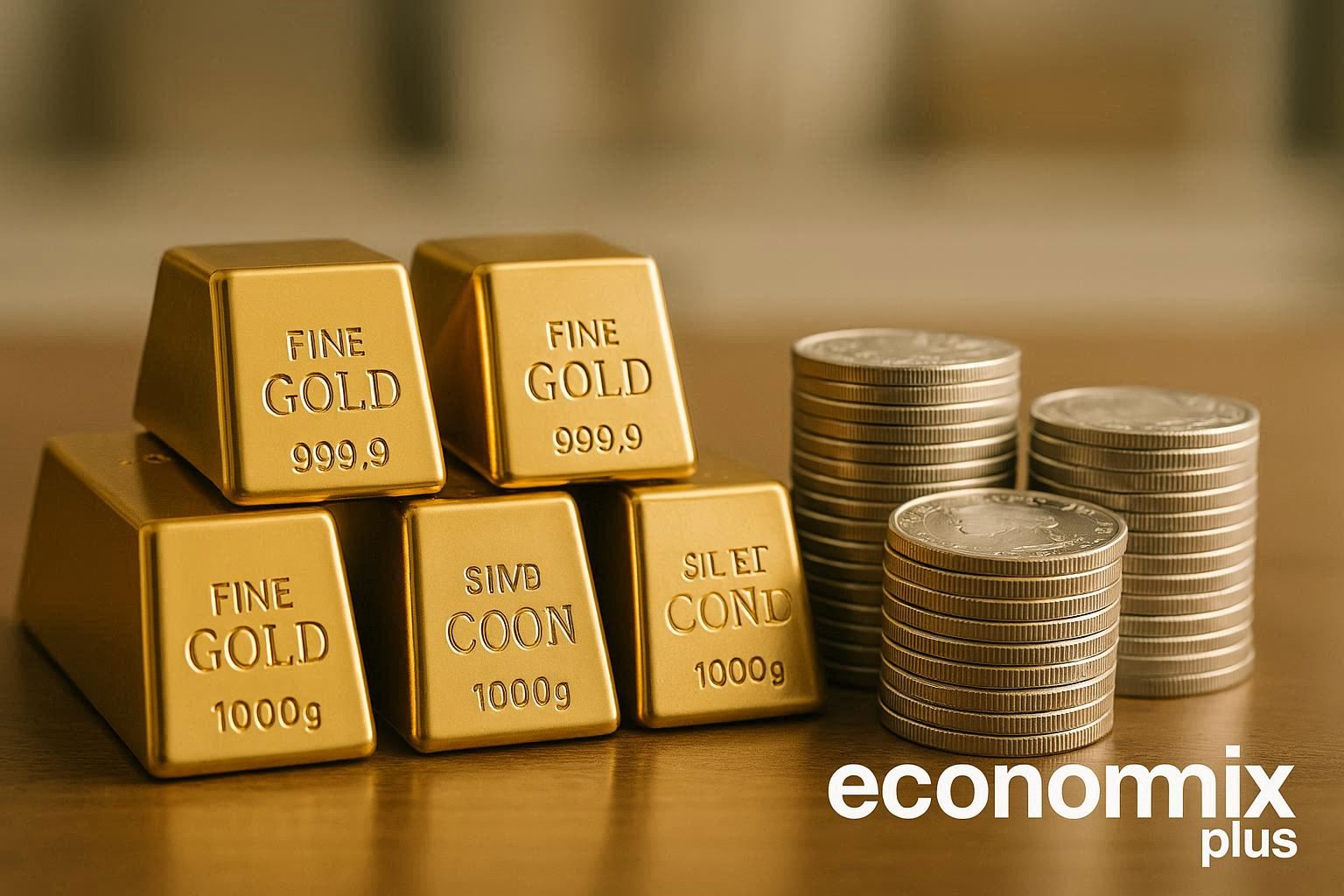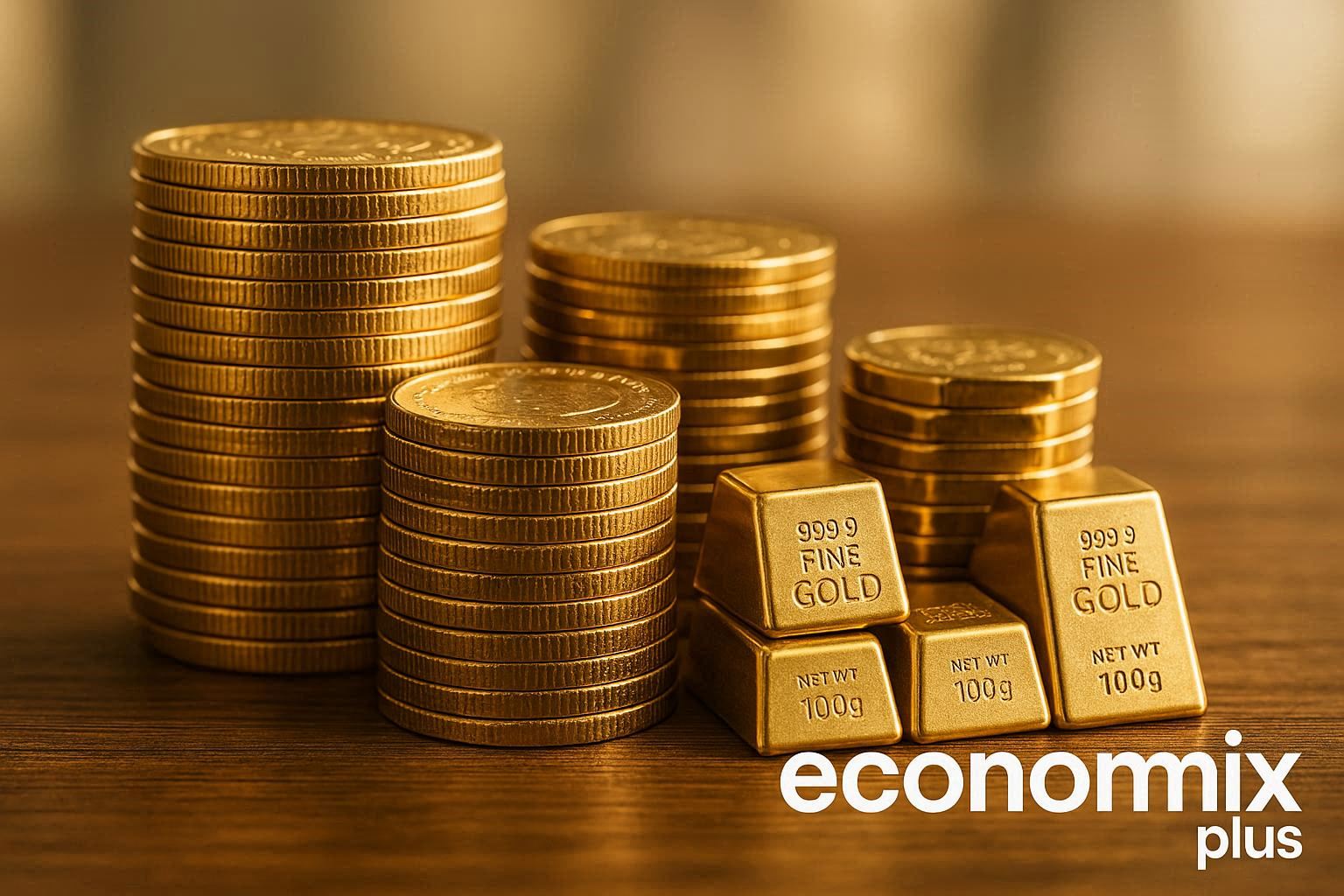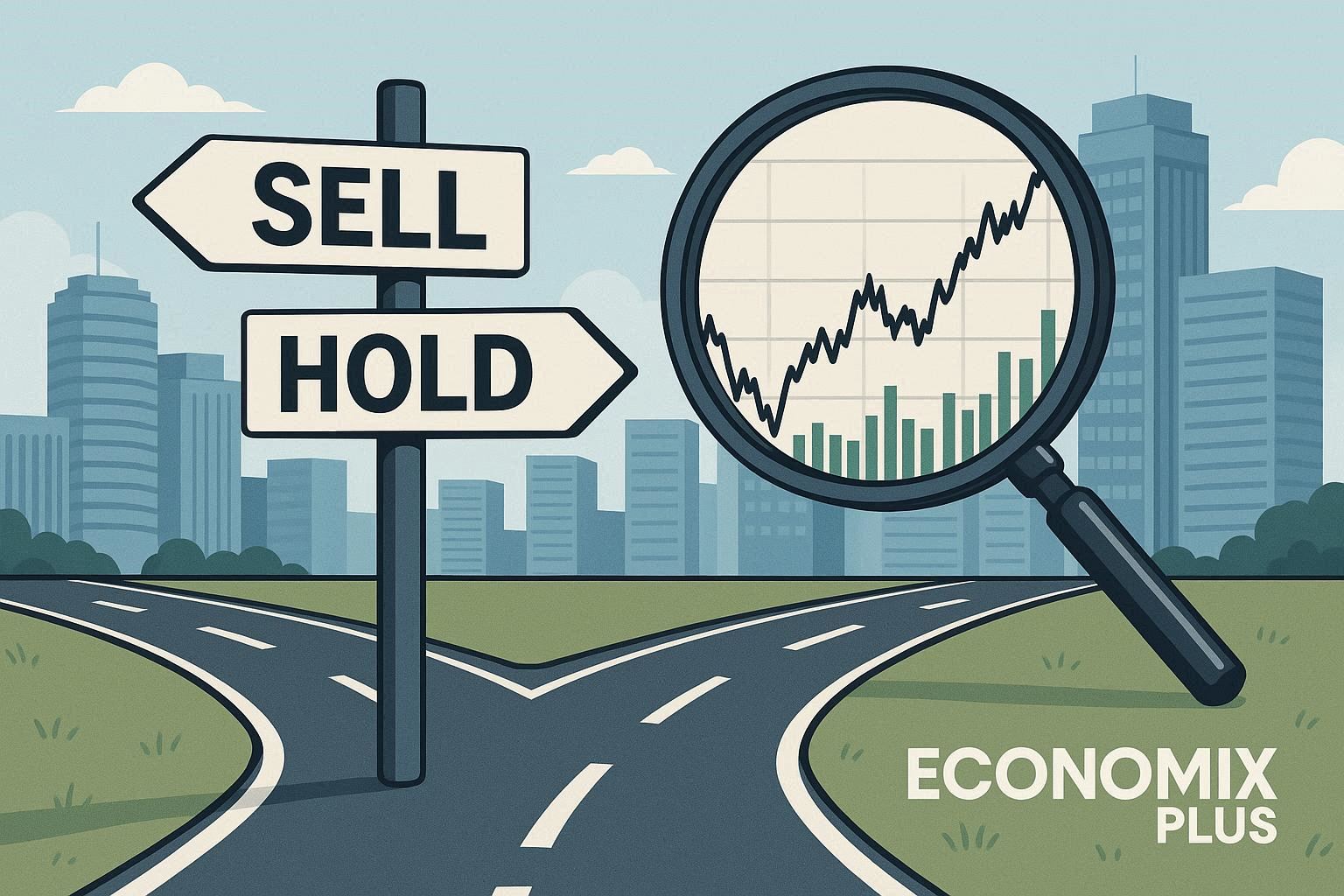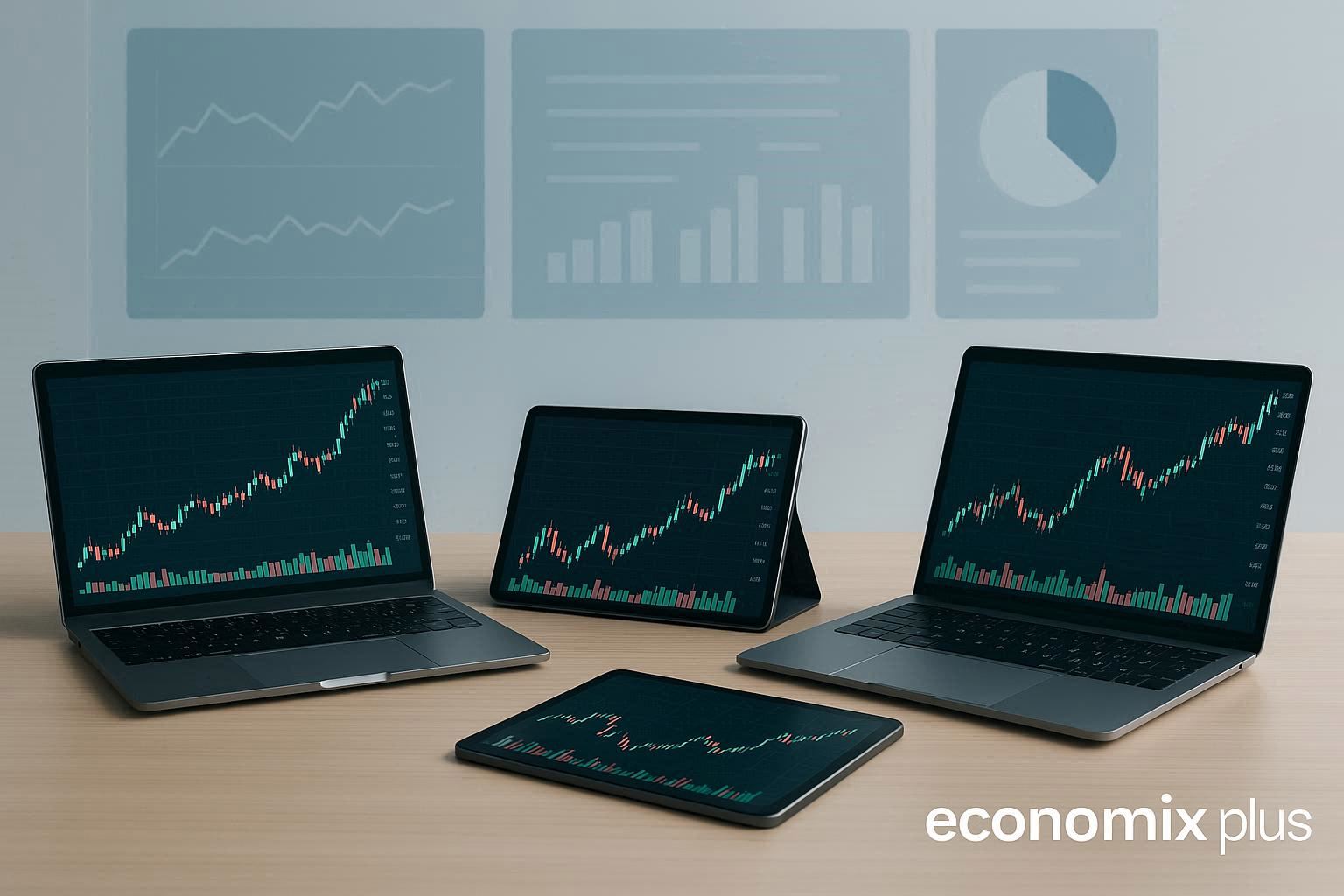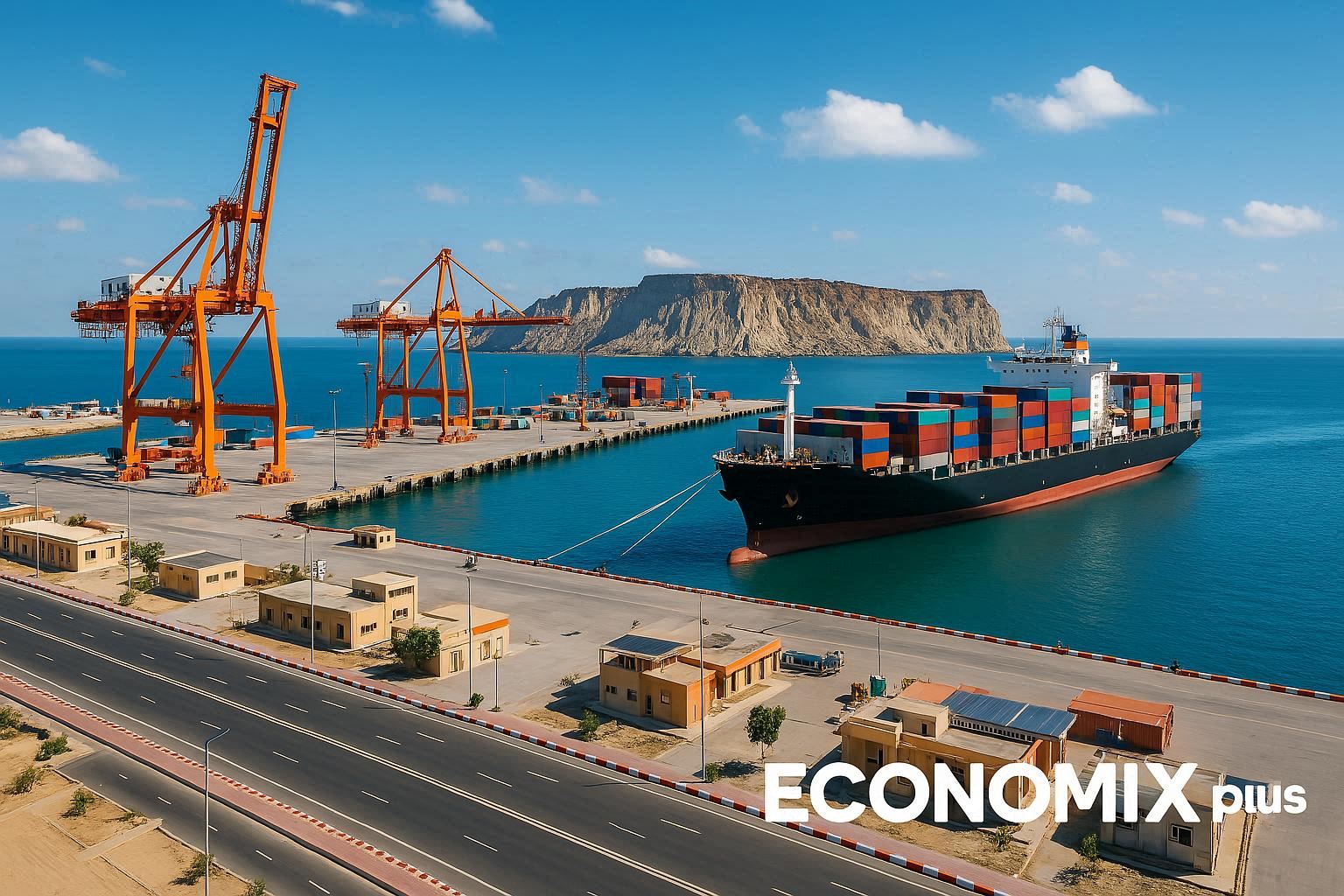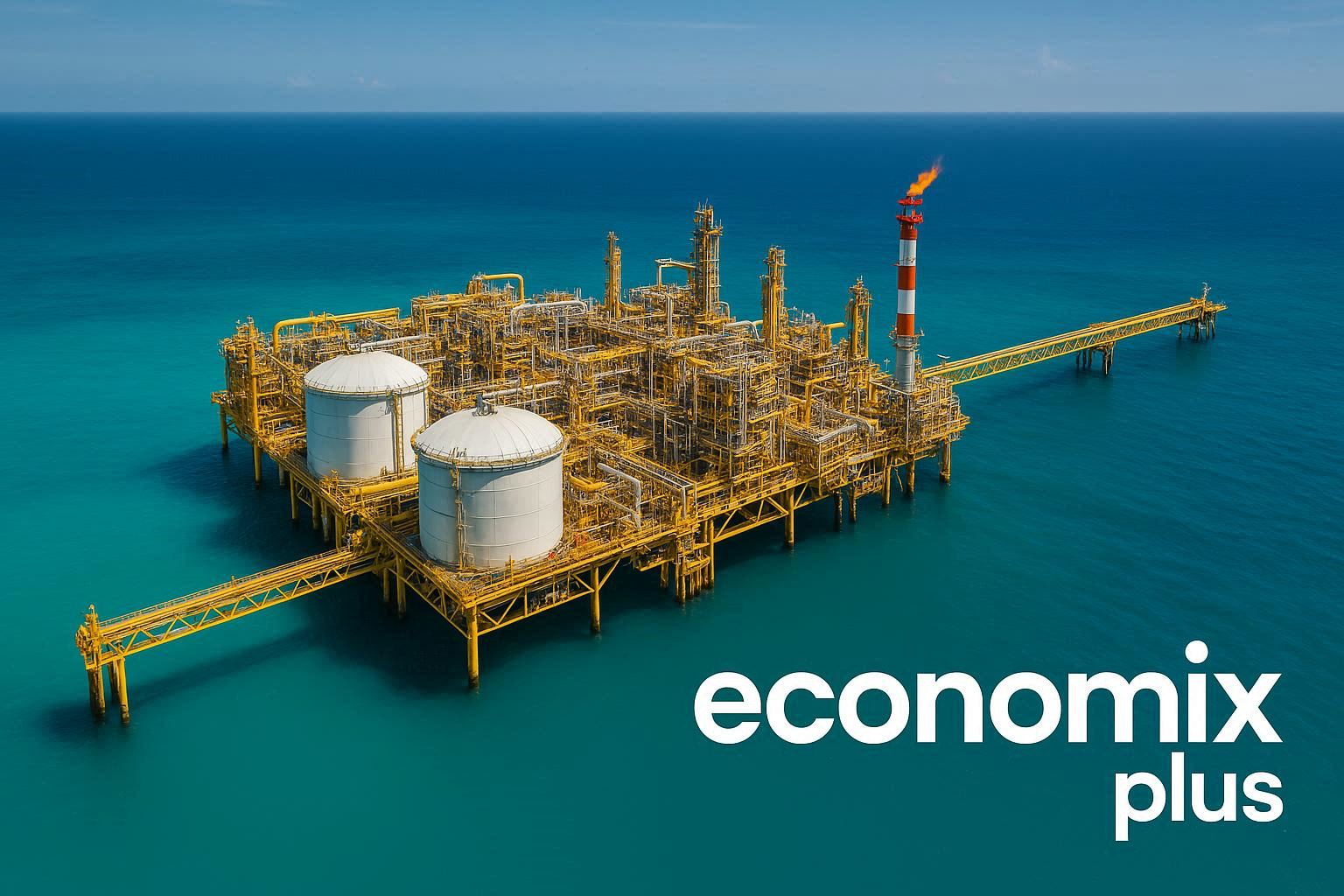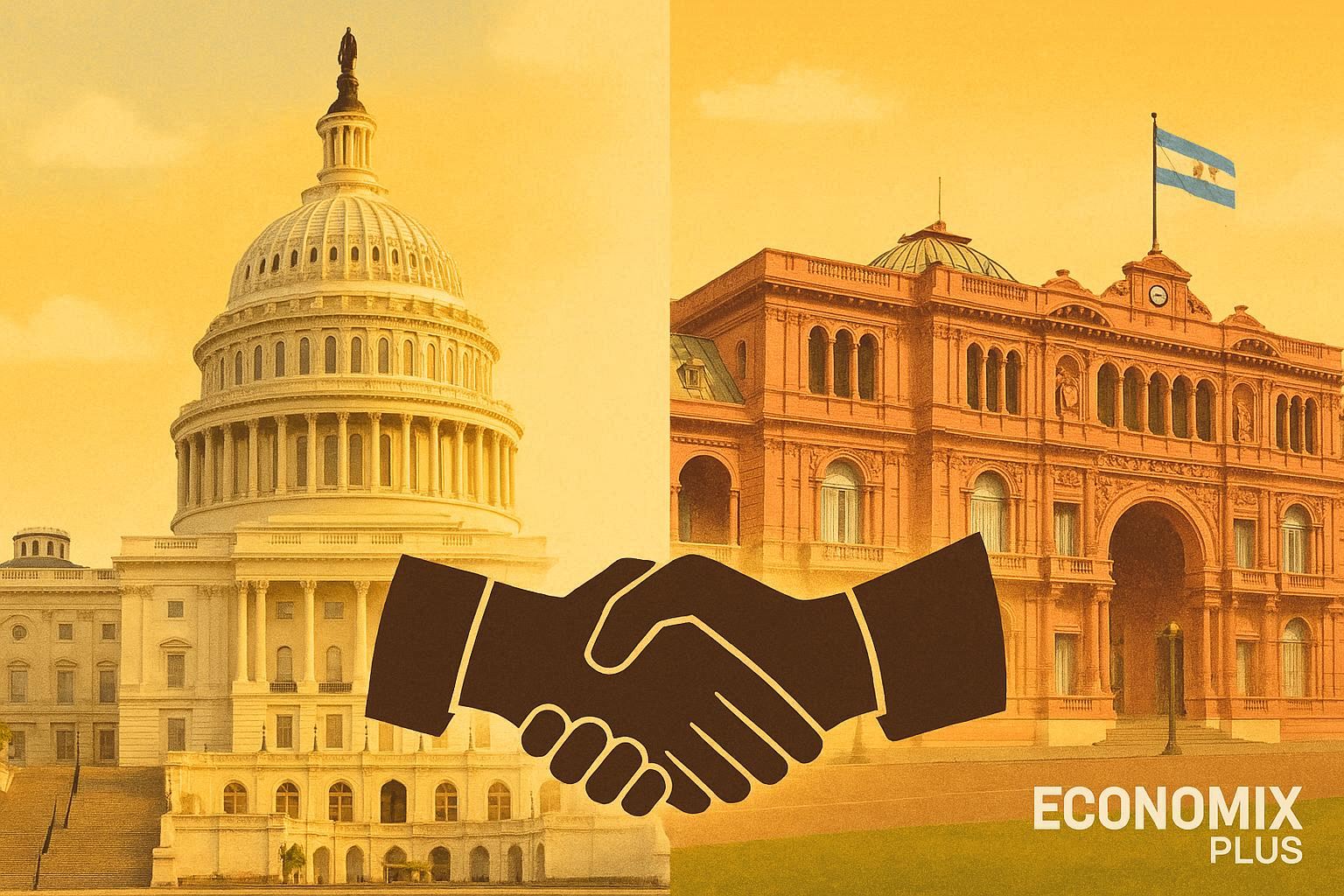What happens when economic turbulence meets $3,000 handbags? While many assume premium markets collapse during financial uncertainty, luxury powerhouses like Louis Vuitton and Gucci recently raised prices by 7-10% – and kept growing. This paradox challenges conventional wisdom about spending habits during inflationary periods.
Global economic shifts force brands to rethink strategies. Production costs climb for materials like leather and precious metals. Yet top-tier companies counterbalance these pressures through exclusivity-driven pricing rather than discounts. Their secret? Cultivating perceived value that transcends temporary market fluctuations.
Historical patterns reveal fascinating insights. During the 2008 recession, certain high-end labels maintained growth while mass-market rivals stumbled. Today’s market shows similar resilience, with affluent shoppers prioritizing status symbols despite broader budget cuts. This behavior underscores a critical distinction: luxury isn’t merely purchased – it’s experienced as emotional currency.
Key Takeaways
- Leading luxury brands implement strategic price increases during economic shifts
- Material costs and production challenges drive operational changes
- Exclusivity remains central to maintaining brand prestige
- Historical data shows market resilience among premium goods
- Consumer psychology plays pivotal role in purchasing decisions
- Upcoming sections analyze pricing models and behavioral trends
Economic Trends Reshaping the Luxury Sector
Luxury markets dance to a different rhythm during fiscal upheavals. While mainstream retailers slash prices, premium brands often accelerate growth through calculated adjustments. Global inflation reached 7% across developed nations in 2022, yet leading fashion houses responded with strategic price hikes rather than retreats.
Historical Impact of Inflation on Luxury Demand
The 2008 financial crisis revealed unexpected patterns. Hermès raised handbag costs by 5% during the recession while maintaining 8.6% annual revenue growth, demonstrating a strategic approach to pricing that not only preserved their brand image but also capitalized on the resilience of luxury consumers. Chanel followed suit, increasing classic flap bag prices 70% between 2010-2019, a bold move that reinforced the brand’s commitment to exclusivity and high quality.
This approach highlighted the ability of luxury brands to navigate economic downturns by focusing on their unique value propositions, ensuring that their products remained desirable despite higher price points. These moves cemented exclusivity rather than eroding it, as consumers perceived the increased prices as a reflection of the brands’ prestige and craftsmanship, ultimately strengthening their loyalty and willingness to invest in luxury goods.
Current Market Shifts and Price Increases
Recent years brought unprecedented challenges. Raw material costs surged 18% for European luxury manufacturers in 2022. Louis Vuitton implemented three price increases within 12 months, while Gucci adjusted rates quarterly based on currency fluctuations. This dynamic approach balances supply chain pressures with perceived value retention.
| Period | Inflation Rate | Luxury Sector Response |
|---|---|---|
| 2008-2009 | 3.8% | Selective 5-7% price hikes |
| 2022-2023 | 7% | 10%+ annual increases |
| Projected 2024 | 4.2% | Regional pricing strategies |
Industry analysts note shrinking product availability reinforces scarcity appeal. Limited-edition releases now account for 23% of luxury fashion revenues, up from 14% pre-pandemic. These tactics transform economic headwinds into brand-strengthening opportunities, setting the stage for evolving consumer relationships.
Does inflation affect demand for luxury goods: Consumer Behavior and Brand Adaptation
Affluent shoppers reveal hidden patterns when economic pressures mount. Recent studies show 68% of high-net-worth individuals prioritize quality over quantity, even as budgets tighten. Brands now face a dual challenge: maintaining exclusivity while addressing evolving expectations around sustainability and digital engagement.
Luxury Consumer Psychology in an Inflationary Environment
Purchasing decisions increasingly reflect calculated indulgence. Clients scrutinize value propositions more carefully, yet 42% still splurge on limited-edition items according to 2023 market data. This paradox fuels innovative retention strategies:
- VIP concierge services offering curated product selections
- Exclusive previews for top-tier loyalty members
- Transparent sourcing narratives enhancing perceived worth
Digital Innovation and Enhanced Customer Experiences
Virtual reality showrooms and AI-powered styling tools reshape retail dynamics. Burberry reported 31% higher conversion rates after launching 3D product configurators. Key technological advancements include:
| Technology | Adoption Rate | Impact on Sales |
|---|---|---|
| Augmented Reality Try-Ons | 89% of major brands | +27% engagement |
| Blockchain Authentication | 64% by 2025 (projected) | 17% fewer returns |
| Predictive AI Analytics | 47% current usage | 33% better inventory turnover |
Personalization remains critical – Cartier’s AI-driven gift recommendations boosted holiday sales by 22% last year. These adaptations prove that strategic digital integration offsets pricing sensitivities, particularly among younger demographics driving 58% of current market growth.
Navigating Market Challenges with Strategic Responses
How do you maintain exclusivity when costs spiral? Leading houses deploy precision tactics rather than blunt instruments. Regional pricing algorithms now adjust rates weekly in some markets, while others leverage artisanal narratives to justify premium tags.
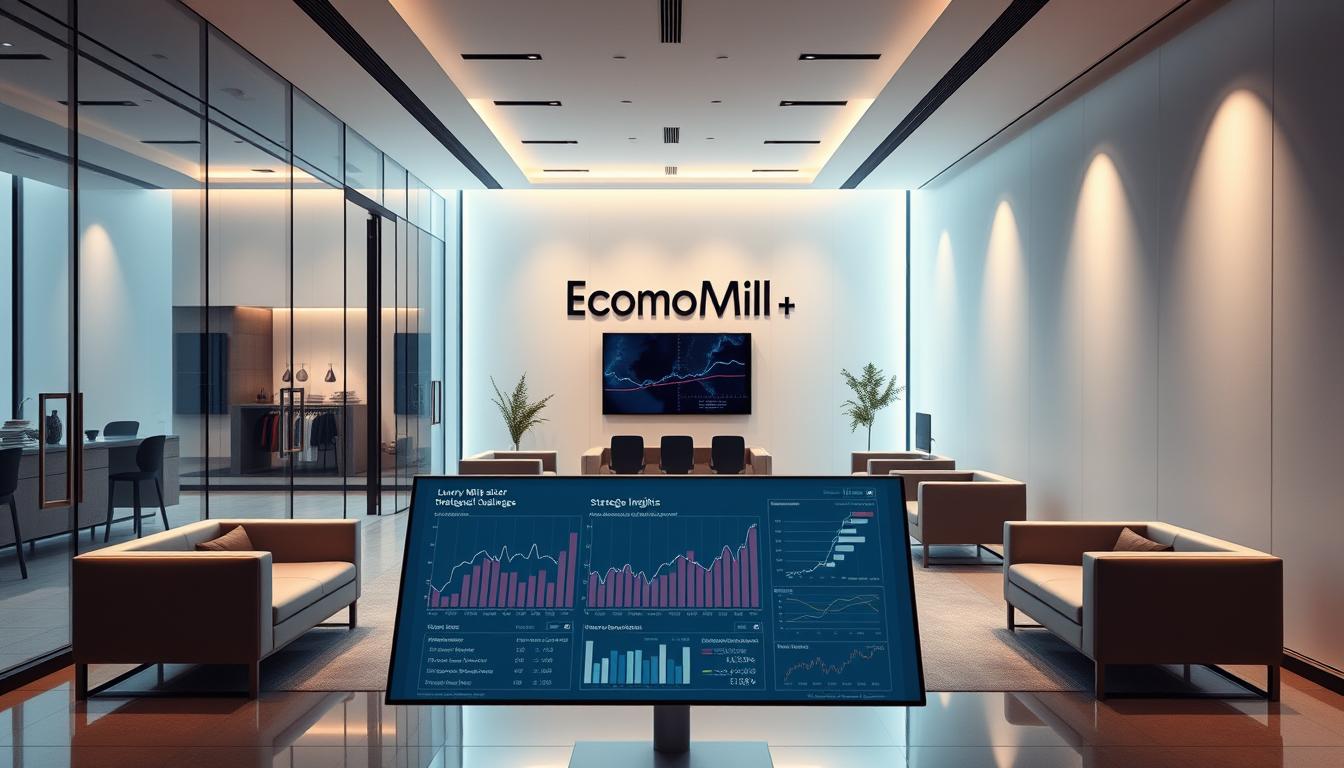
Dynamic Pricing and Supply Chain Optimization
Hermès exemplifies adaptive strategies, implementing 4% incremental price bumps quarterly rather than annual hikes. This approach smooths client reactions while offsetting 22% material cost surges in leather goods. Moncler streamlined production by relocating 30% of manufacturing to tariff-exempt regions, trimming lead times by 18 weeks.
Supply chain innovations prove equally vital. LVMH reduced textile waste 40% through AI pattern-cutting systems. “Digital twins” of factories help simulate production scenarios before physical changes – a tactic saving sector leaders millions in trial costs.
Global Market Diversification and Evolving Brand Strategies
While European markets slow, Middle Eastern spending on high-end jewelry jumped 34% last year. Cartier’s limited-edition Islamic art-inspired collections sold out within hours in Dubai. Tiffany now sources 28% of colored gemstones directly from African mines, ensuring quality control while cutting intermediary markups.
Tech investments reshape client experiences. Bulgari’s blockchain authentication system reduced counterfeit concerns by 61% among Asian buyers. These layered strategies preserve brand mystique while addressing modern economic realities – proving adaptability remains the ultimate luxury.
Conclusion
When costs rise, prestige labels turn challenges into strategic advantages. Historical patterns and modern market dynamics reveal a consistent truth: luxury brands thrive by transforming economic pressures into opportunities for reinvention. While analysts project modest 1-3% annual growth, companies continue rewriting playbooks through regional pricing models and hyper-personalized client experiences.
Three pillars now define success in this sector. Dynamic pricing maintains exclusivity despite material cost hikes. Supply chain innovations like blockchain authentication protect brand integrity. Diversification into emerging markets offsets slowing traditional revenue streams.
The interplay between perceived value and strategic adaptation remains critical. Affluent shoppers increasingly seek emotional resonance over transactional purchases – a shift demanding constant creativity from brands. Limited-edition releases and digital storytelling now drive 42% of high-margin sales.
Looking ahead, resilience hinges on balancing heritage with agility. Companies mastering this duality will dominate the next era of luxury consumption, proving that even in turbulent times, craftsmanship and innovation retain their currency.
